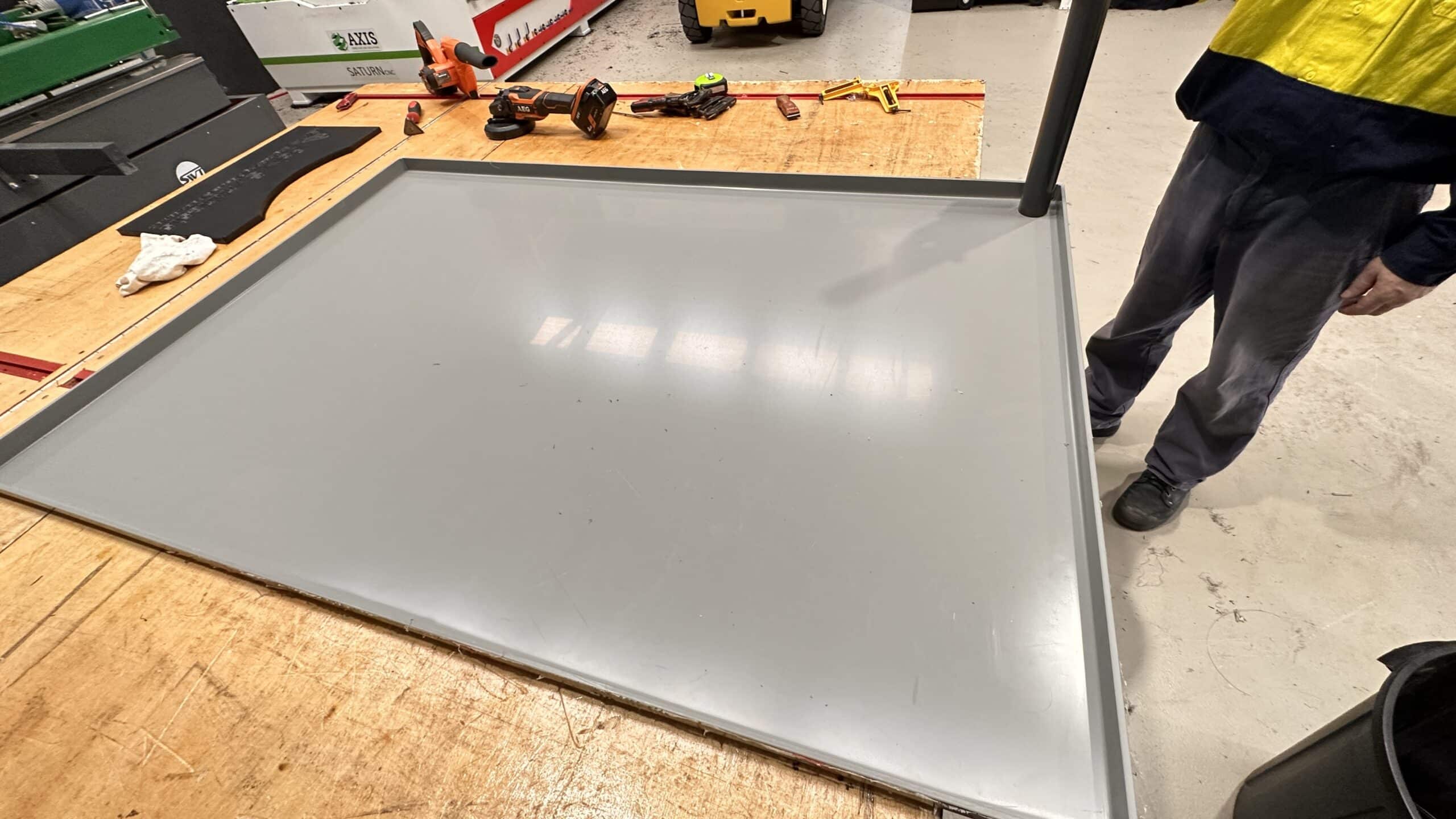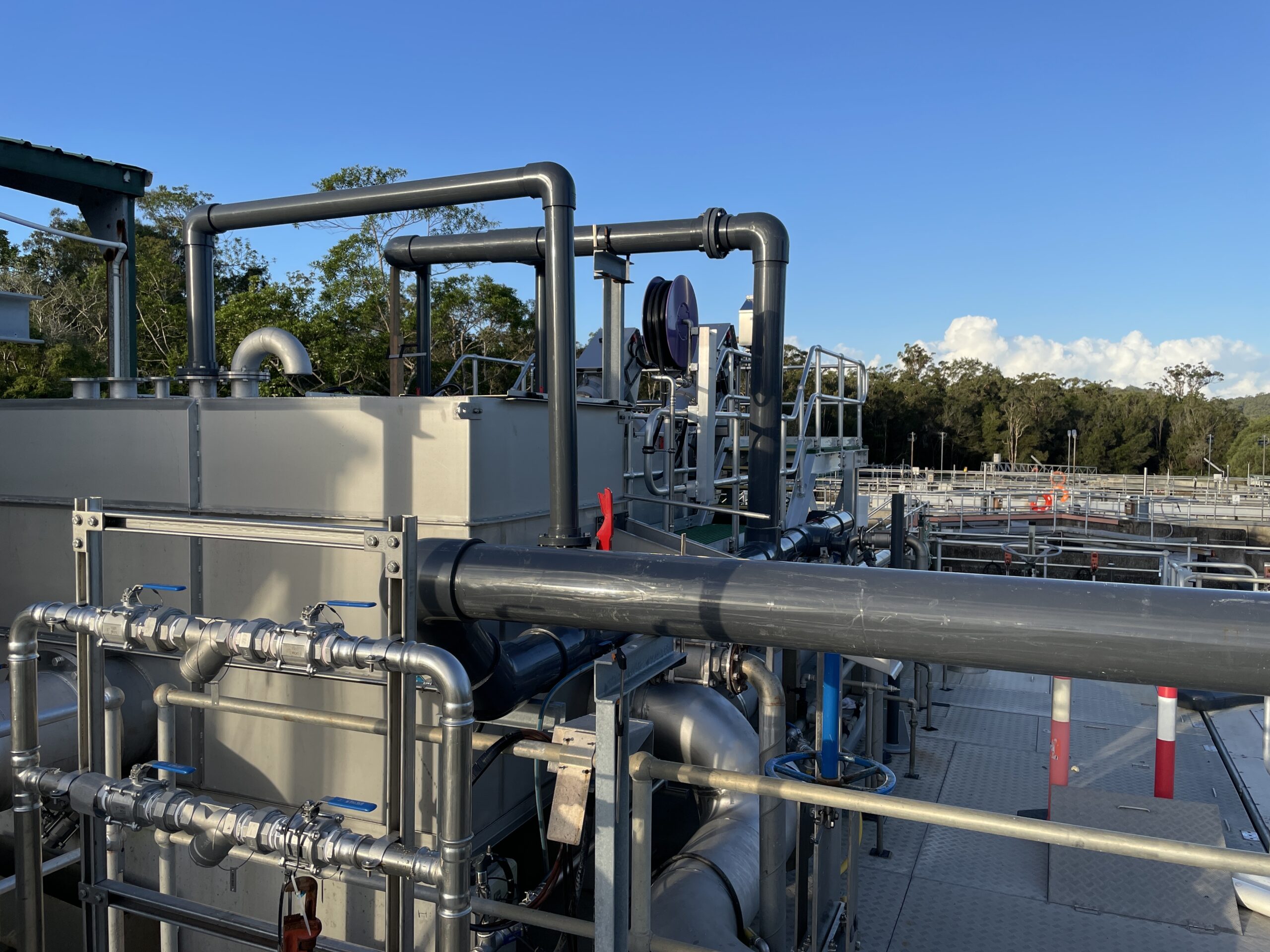TDS: Chlorinated Polyvinyl Chloride (C-PVC)
Make informed choices using our technical data insights.
TECHNICAL DATA SHEET: KEY CHARACTERISTICS AND APPLICATIONS
Chlorinated Polyvinyl Chloride (C-PVC)
General Information:
- Product Name: Chlorinated Polyvinyl Chloride (C-PVC)
- Classification: Thermoplastic polymer
- Chemical Structure: Derived from PVC by chlorination
Typical Properties:
- Density: 1.4 – 1.58 g/cm³
- Tensile Strength: 45 – 55 MPa
- Elongation at Break: 20 – 40%
- Tensile Modulus: 2,400 – 3,000 MPa
- Hardness: Shore D 80-90
- Melting Point: 190 – 210°C (374 – 410°F)
- Service Temperature: Up to 95°C (203°F)
- Water Absorption (24 hrs): < 0.04%
- Chemical Resistance: Superior to PVC; resistant to acids, alkalis, and select solvents.


Features and Benefits:
- Higher Temperature Resistance: C-PVC can withstand higher temperatures than regular PVC.
- Improved Chemical Resistance: Particularly resistant to acids, salts, bases, fats, and alcohols.
- Low Flammability: Self-extinguishing and doesn’t support combustion.
- Durability: Resistant to many corrosive environments.
- Low Thermal Expansion: Reduces the need for expansion loops and fittings.
Applications:
- Hot and Cold Water Distribution: For both residential and commercial settings.
- Industrial Piping Systems: Due to its chemical and temperature resistance.
- Fire Sprinkler Systems: Superior fire resistance compared to other materials.
- Cable Protection: Provides protection for electrical cables.
- Chemical Process Piping: Because of its excellent chemical resistance.
Processing Methods:
- Injection Moulding: Suitable for creating fittings and complex components.
- Extrusion: For pipes, profiles, and conduits.
- Solvent Welding: Commonly used to join C-PVC components.
Environmental Impact and Recycling:
- While C-PVC is durable and has a long lifespan, it is less frequently recycled than PVC due to the chlorination process.
- If recycled, it should be kept separate from PVC to prevent contamination.
Storage and Handling:
- Store C-PVC in a cool, dry environment away from direct sunlight to prevent degradation.
- C-PVC is non-hazardous; however, when processing, ensure proper ventilation to avoid inhalation of any potential fumes.
Safety Information:
- Solid C-PVC is non-toxic; however, when heated or burned, it can release chlorine gas, which is harmful.
- Always ensure proper ventilation during processing or welding.
Note: This technical data sheet provides a general overview and typical properties of C-PVC. Actual specifications might differ depending on the manufacturer and specific grade of the material. Always refer to the manufacturer’s data sheets for accurate details on a particular product.
Disclaimer: The provided information is given “as is” without warranties. Users should conduct their evaluations and tests for specific applications.

















